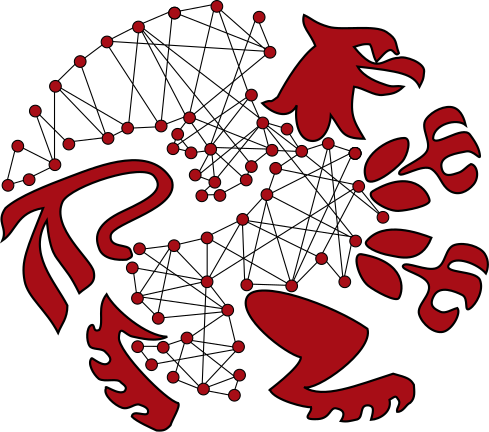
This summer will not look like any other. Yet, undergraduate research continues! At a time when experimental labs are shut down and figuring out how to reopen, computational biology can provide an opportunity for trainees to learn a new skill while at home.
This summer, there are a bunch of projects in the compbio lab, with a large focus on developing tools for public use.
CS junior Alex Richter will be implementing our recent hypergraph connectivity algorithm for use with the ReactomeFIViz app, which analyzes and visualizes signaling pathways from Reactome.
CS senior Aryeh Stahl will be exploring how to best weight protein-protein interaction networks (such as the HIPPIE interactome among others) and how to integrate high-throughput experimental data in these networks.
Biology junior Frank Zhuang will be picking up Tayla’s project from last summer, working with me and Kara Cerveny to computationally identify retinoic acid response elements (RAREs) in zebrafish.
CS senior Jiarong Li will be returning to the lab, but unlike last summer she will be working alongside Reed’s Computing & Information Services to explore feasible cloud compute platforms for college research across disciplines.
CS sophomore Larry Zeng will be developing a tutorial about network algorithms for molecular systems biology. The tutorial, designed for biologists, will be designed for researchers to learn more about networks visualized by GraphSpace, an interactive graph sharing platform.
Finally, three post-baccalaureate researchers will be working on computational biology research.
- Tobias Rubel Janssen (Fall ’19) develops new algorithms for signaling pathway reconstruction from protein-protein interaction networks.
- Gabe Preising (Spring ’20) will extend his undergraduate thesis project with Suzy Renn to identify differentially expressed groups of genes related to mouthbrooding in cichlid fish.
- Maham Zia (Spring ’20) will develop new measures for quantifying microscopy images of cells according to specific phenotypes that are studied in Derek Applewhite’s lab.
This will make for a full and fun summer! Looking forward to establishing a summer research group, even if it’s virtual.


